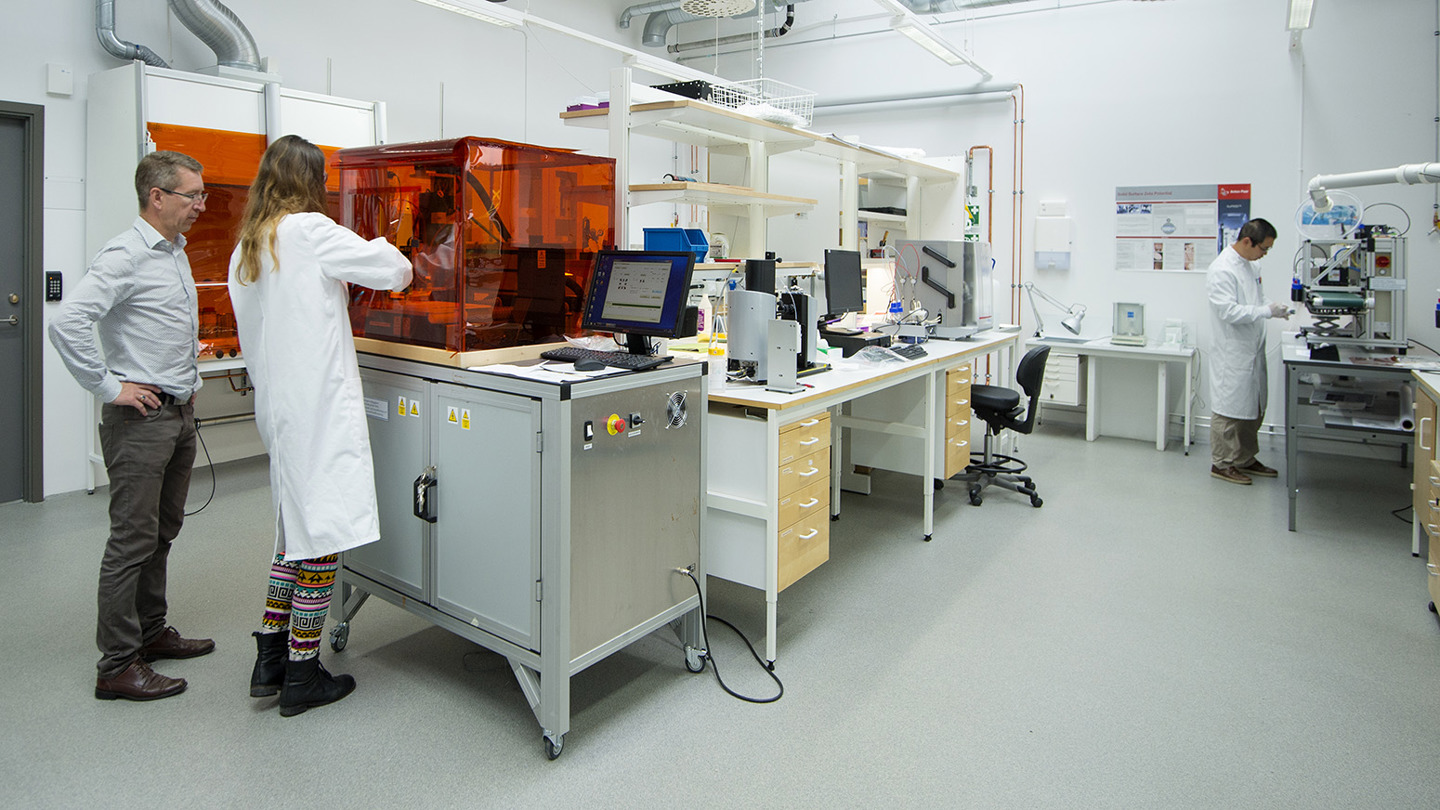Swedish School of Textiles researchers break new ground in textile technology
2024-03-27

A research team at the Swedish School of Textiles will lead research in an area that will combine new technologies: digital inkjet, 3D printing and atmospheric plasma.
"If my idea works, we will be able to produce sustainable building blocks for textile electronics," said Vincent Nierstrasz, Professor of Textile Technology at the Swedish School of Textiles and one of the world's most influential researchers in the field.
The Swedish School of Textiles at the University of Borås will lead the work package on printing.
The project starts in June and runs for four years. It is coordinated by the German Research Center for Artificial Intelligence (DFKI) and includes eight partners:
- École polytechnique fédérale de Lausanne, Switzerland
- The Swedish School of Textiles, University of Borås
- Imperial College of Science, Technology and Medicine, United Kingdom
- Next Technology Tecnotessile Societa Nazionale di Ricerca, Italy
- The Rhineland-Palatinate Techisce University Kaiserlautern-Landau, Germany
- Tech2Market Spółka Z Ograniczoną Odpowiedzialnością, Poland
- University of the Arts Berlin, Germany
- University of Southampton, United Kingdom
The first EIC Pathfinder at the university
This is the university's first EIC (European Innovation Council) Pathfinder project. Projects funded under the EIC Pathfinder funding programme under Horizon Europe aim to explore bold ideas for radically new technologies. It welcomes high-risk/high-reward and interdisciplinary cutting-edge collaborations that lead to technological breakthroughs.
About E-textiles
E-textiles is a rapidly growing area of electronics with an estimated growth from USD 2.3 billion in 2021 to USD 6.6 billion in 2026. They facilitate many socially important applications, such as personal health, elderly care, smart agriculture, and manufacturing. Unfortunately, e-textiles are problematic in terms of environmental impact. The problems range from toxic materials used for production to the difficulty of dealing with end-of-life processing systems.
Read more
Anna Kjellsson
Anna Sigge

